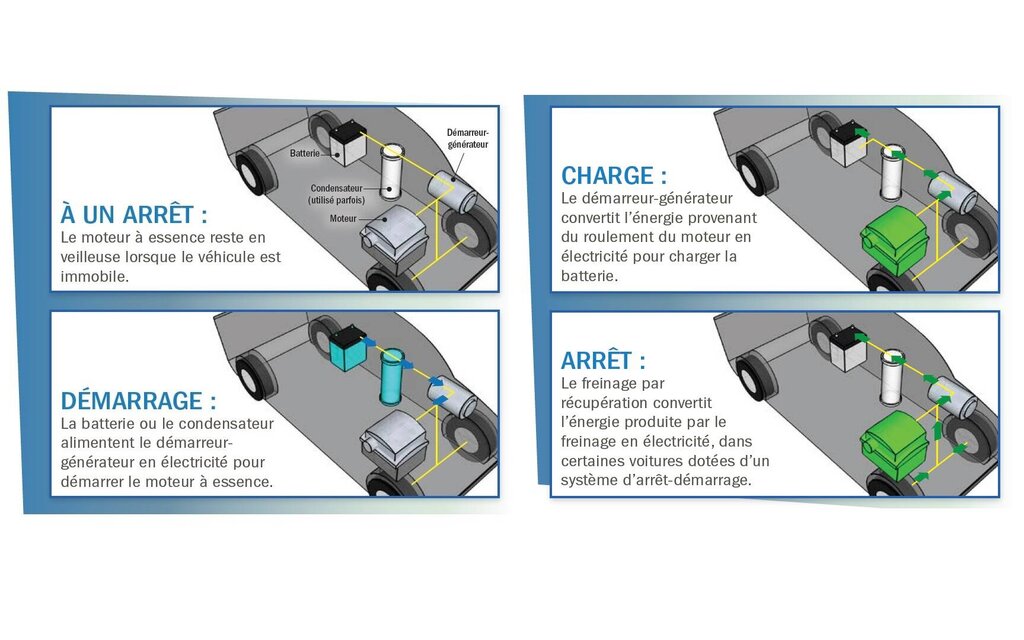How business is relying on carbon seize expertise for local weather targets
Article content material
Norwegian carbon dioxide (CO2) storage firm Northern Lights and its homeowners have agreed to retailer emissions captured at fertilizer-maker Yara’s Dutch operation from 2025 in what they are saying is a business breakthrough for the enterprise.
The three way partnership based by oil companies Equinor, TotalEnergies and Shell plans to inject CO2 from industrial vegetation into rock formations beneath the North Sea ocean ground.
Article content material
Industries from cement to mining are creating plans to cap and minimize their planet-warming emissions, and plenty of depend upon carbon seize.
Commercial 2
Article content material
There are two important varieties of carbon seize and storage: Level-source carbon seize and storage (CCS) sequesters CO2 produced on the supply, like a smokestack, whereas direct air seize (DAC) removes carbon dioxide (CO2) from the environment.
Captured CO2 normally is completely saved underground, though carbon seize utilization and storage (CCUS) reuses the CO2.
A number of teams see a necessity for billions of tonnes of storage by mid-century; Exxon Mobil Corp (XOM.N) expects a $2 trillion market by 2040.
Right here’s how 4 different massive industries, all main carbon emitters, are utilizing CCS expertise. CEMENT AND CONCRETE
Cement and concrete manufacturing accounts for about 8{039cb3d497d13c0517cca4e380353306ecb88d60826931115685fbb7eed37c07} of world CO2 emissions.
The World Cement and Concrete Affiliation lately introduced a highway map to net-zero cement by 2050 and pledged 10 industrial-scale carbon seize vegetation by 2030.
Commercial 3
Article content material
Carbon seize expertise is the “elephant within the room,” Fernando Gonzalez, chief govt of Mexico’s Cemex, stated in an organization presentation this month, referring to the challenges round growing the expertise. IRON AND STEEL
The method of creating iron and metal is energy- and carbon- intensive resulting from using fossil fuels like coal to energy blast furnaces, and output has grown in recent times.
To hit emissions targets, 75{039cb3d497d13c0517cca4e380353306ecb88d60826931115685fbb7eed37c07} of CO2 produced globally by the sector must be captured, in line with the World Metal Affiliation. That equates to 14 metal vegetation with CCS expertise constructed yearly from 2030 to 2070. At present, the world has just one large-scale iron and metal facility with CCS.
ArcelorMittal, one of many world’s largest steelmakers, signed a Memorandum of Understanding final 12 months with Air Liquide, a France-based industrial gases firm, to develop carbon seize applied sciences with the purpose of manufacturing low-carbon metal at its Dunkirk web site. OIL AND GAS
Commercial 4
Article content material
Till lately, capturing carbon produced by fossil fuels and injecting it underground has largely been a way to squeeze extra oil from getting old wells. There are a number of proposals to construct CCS hubs, however few have gone past the event stage.
Now, quite a few massive power firms are incorporating CCS into their plans for decreasing emissions, however the lack of carbon buying and selling markets or tax incentives to make the funding worthwhile has held again U.S. improvement.
Occidental Petroleum (OXY.N) is at the moment growing with non-public fairness agency Rusheen Capital Administration a direct air seize facility in Texas that might pull about 1 million metric tons of CO2 yearly from the air. MINING
Components of the mining business see carbon seize and storage as a method to cut back emissions at coal-fired energy vegetation, the principle supply of electrical energy in mining hub Australia.
Some mining firms are additionally learning methods to exchange pure fuel in operations with hydrogen, which doesn’t produce carbon emissions when burned.
Rio Tinto Ltd, one of many world’s largest mining firms, in October stated it might make investments $4 million into privately-held Carbon Seize Inc, which is growing expertise to suck carbon dioxide out of the environment and chemically bind it – and thus completely retailer it – to rocks.
(Reporting by Cassandra Garrison; Enhancing by Matt Scuffham and Emelia Sithole-Matarise)





